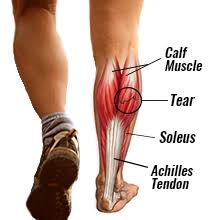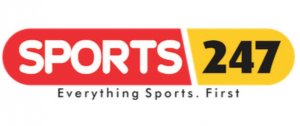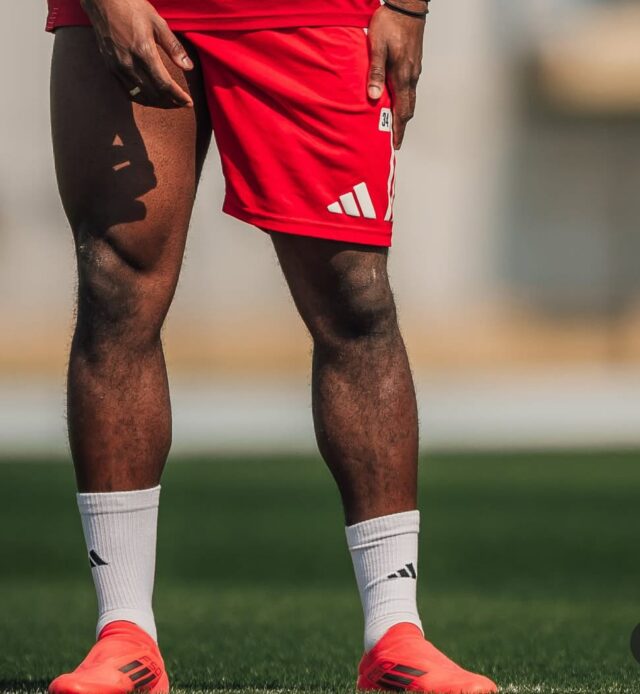Calf injuries are a common but frustrating setback for athletes across all levels of sport. Recently, Nottingham Forest and Super Eagles defender Ola Aina suffered a calf injury that has ruled him out of key matches, drawing attention to the seriousness and frequency of this type of injury in football.

What is a Calf Injury?
A calf injury involves damage to the muscles at the back of the lower leg, primarily the gastrocnemius and soleus muscles. These muscles are responsible for essential movements like walking, running, and jumping. When overstressed or suddenly overloaded, they can become strained or even torn.
What Causes Calf Injuries?
- Sudden explosive movements, such as sprints, jumps, or quick changes in direction — common in football.
- Inadequate warm-ups before engaging in high-intensity activity.
- Muscle fatigue from overuse, especially when matches and training sessions pile up.
- Previous injuries, which make the muscle more susceptible to re-injury.
- Improper footwear or poor playing surfaces, which can affect biomechanics and stress muscles abnormally.
Symptoms to Watch Out For:
- A sharp pain or “pulling” sensation in the calf.
- Swelling, bruising, or tenderness in the lower leg.
- Difficulty standing on tiptoe or pushing off the injured leg.
- Cramping or a feeling of tightness during movement.
How Can It Be Prevented?
- Always warm up thoroughly with stretching and light cardio.
- Strengthen the calves and lower leg muscles with regular resistance training.
- Avoid overtraining and give muscles time to recover.
- Stay hydrated and maintain balanced electrolytes to prevent cramps.
- Choose proper footwear that provides support and absorbs impact.
Treatment and Recovery:
- RICE (Rest, Ice, Compression, Elevation) is key for early management of mild strains.
- Physical therapy helps restore strength, mobility, and prevent recurrence.
- Pain relief and anti-inflammatory medication may be prescribed.
- In severe cases — like partial or full muscle tears — longer rehabilitation or even surgery might be required.
Final Word:
Ola Aina’s current injury serves as a powerful reminder that even elite athletes are vulnerable to muscular strains when the body is pushed to its limits. With the right prevention strategies and prompt treatment, most calf injuries can heal fully — allowing players like Aina to return stronger and smarter.
For enquires/Consultation
Call- Dr kolade kolapo
+234-7032088130









